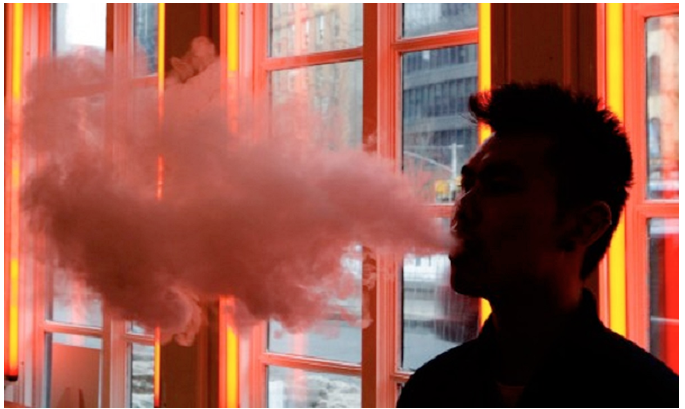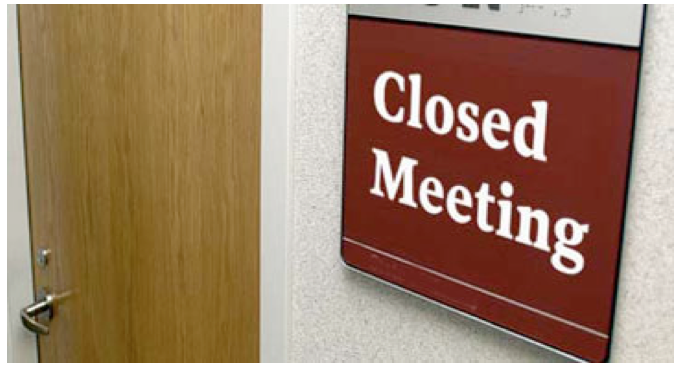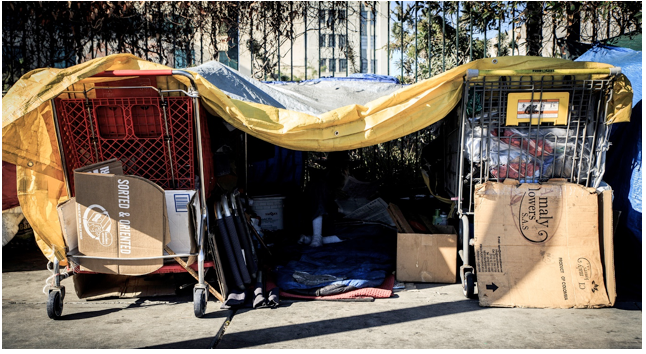Welcome to LA, Where Real Estate Speculation meets Squeaky Wheel Planning
PLATKIN ON PLANNING-Planning a large city like Los Angeles might be complicated, but it is not rocket science. In fact, the State of California outlines the process in detail through its periodically updated General Plan Guidelines, the latest draft of which is now available on-line. Furthermore, this update contains hundreds of live Internet links to other planning documents and databases.
Nevertheless, Los Angeles has turned to three alternative principles to guide its multi-layered, opaque city planning process. Yes, City Planning has responded to the Neighborhood Integrity Initiative with its own proposal to update Community Plans, batch General Plan Amendments, vet environmental consultants, and upgrade technology, but this is really old wine in new bottles.
To better understand this old wine, I have boiled it down to three components:
Component 1: Private Parcels. Oblivious to California’s General Plan Guidelines, in Los Angeles city planning only refers to the regulation of privately owned parcels, not to the city’s entire landmass, the actual focus of city planning. Since these private parcels range from about 20 to 40 percent of most communities, it means that LA’s day-to-day planning process ignores the 60-80 percent of the city that consists of sidewalks, streets, undergrounded and above ground utilities, parkways, parks, senior centers, libraries, schools, government buildings, power line easements, and open space. Likewise, all of the public services that are necessary to live in a metropolitan area, such as telecommunications, water, electricity, waste disposal, education, public safety, streetlights, stoplights, directional signs, and hundreds of other services, large and small, are slighted by this truncated city planning process.
In practice, this means that the inflated population forecasts that drive LA’s plans are only applied to the planning and zoning of private parcels. They are not the basis for calls to upgrade local infrastructure, local services, or the City’s annual budget. There is one exception, however. Transit is often mentioned, but strictly because it can be invoked as a rationale for up-zoning and up-planning private parcels that happen to be located near transit corridors and stations.
Component 2: Real Estate Speculation. Once city planning has been restricted to the regulation of privately owned parcels, the next planning component is to open the floodgates for individual and institutional profit maximization. If an individual or institutional investor believes they can make more profit by a specific real estate project, whether or not is it legal, the City’s planning laws and regulations are conveniently bent to become “business-friendly.” This ad hoc regulation of land explains why most of LA’s city planners, despite masters degrees from well regarded graduate programs at UCLA and USC, devote their working hours to administrative processes that legalize otherwise illegal real estate projects.
Ingredient 3: Squeaky wheels planning. Since the maximization of profit through investment in private parcels guides the planning process in Los Angeles, it continually leads to two wildly different outcomes, either too little or too much investment. Most poor neighborhoods languish with little private or public investment other than the LAPD, giving rise to a dilapidated built environment, as well as massive civil disturbances in 1965 and 1992. Meanwhile “hot” neighborhoods suffer from uncontrolled real estate speculation. Because so many of their speculative projects are out-of-character, out-of-scale, and exceed the capacity of local public services and public infrastructure, local residents frequently push back.
In response, occasional projects are killed or withdrawn, some are redesigned, and a few are thrown out by litigation. But, when the projects cannot be pushed through because of sustained local opposition, City Hall’s fall back position is to wall off small geographical areas to placate local residents by adopting protective overlay districts.
This is what I call squeaky wheel planning, and it has resulted in an elaborate mosaic in Los Angeles of D and Q conditions on individual parcels, Community Plan footnotes, Specific Plans, Community Design Overlay Districts, Historical Preservation Overlay Districts, Transit Neighborhood Plans, Residential Floor Area Districts, Station Neighborhood Area Plans, Pedestrian Oriented Districts, Neighborhood Oriented Districts, Community Plan Implementation Ordinances, Master Planned Development Districts, Interim Control Ordinances, and overlay zones and districts so obscure that few people have ever dealt with them.
Furthermore, squeaky wheel planning is about to become even more complicated once the new re:codeLA zones are implemented on their own, or through a lengthy cycle of Community Plan Updates and their appended zone and plan designation amendments. As I previously explained, the division of the current R-1 single-family zone into 12 alternatives R-1 zones means that many more areas will be walled off through small overlay zones. A program that was supposed to simplify the mind-boggling complexity of zoning in Los Angeles will actually make it much harder to comprehend and impossible to enforce.
Paying the Price
Do Angelinos pay a price for a planning system that focuses on private parcels, bends over backwards to promote real estate speculation, and placates local opposition to excessive projects by oiling squeaky wheels with a vast array of overlay zones and districts? Yes.
Price 1 is understanding. With so many layers of laws and regulations, only the most highly trained specialists can make sense of what is called planning.
Price 2 is enforcement. While the City Council and the Planning Department might conjure up the rules and regulations, it is up to another City department, Building and Safety, to enforce these laws. Considering that this department is chronically short-staffed, has lost many experienced plan checkers, and pliantly bends to political pressure by routinely approving speculative projects, it is not up to the task.
Price 3 is quality of life. Squeaky wheel planning can and does protect small areas, but its real purpose is to allow untrammeled real estate speculation to proceed in the rest of Los Angeles. Those neighborhoods continue to suffer even more from projects that are too large, too tall, that tax local infrastructure and infrastructure, and that impose short and long-term environmental costs.
Price 4 is climate change. Climate change is the ultimate environmental cost of poorly regulated real estate speculation. These unplanned projects use vast amounts of resources and energy to build and then to operate. As a result, they cumulatively load the atmosphere with destructive Green House Gases, the engine of the climate crisis. Furthermore, despite hoopla that some real estate projects are transit-oriented, they have large parking facilities, cater to the well-off who do not use transit, and rarely monitor the transportation patterns of their residents and customers.
Clearly, this old wine is not fit to drink, even if it is packaged in new bottles.
(Dick Platkin is a former LA city planner who reports on planning issues for City Watch. He also consults, teaches planning courses, and welcomes comments and corrections at [email protected].) Prepped for CityWatch by Linda Abrams.

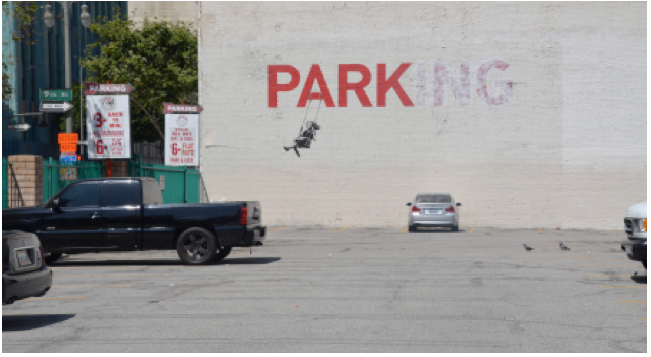


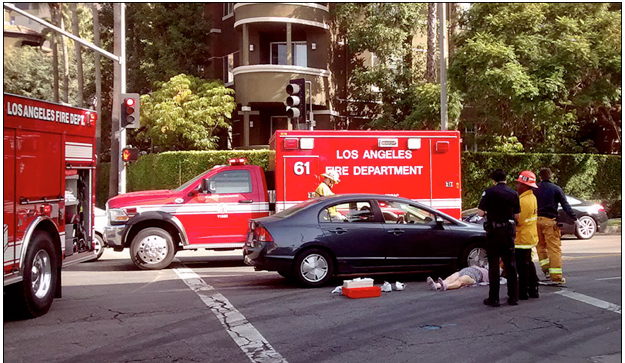
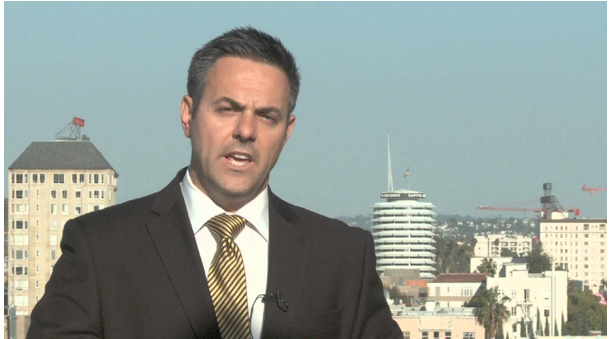
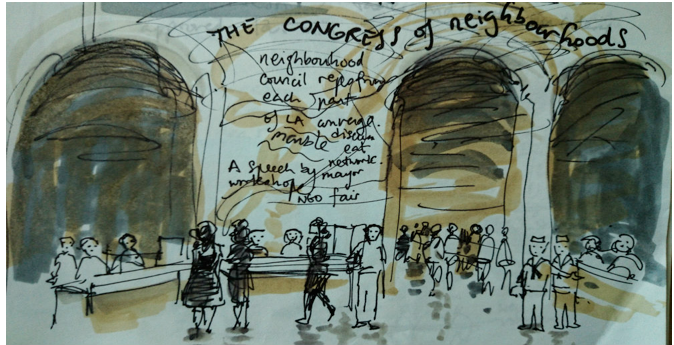
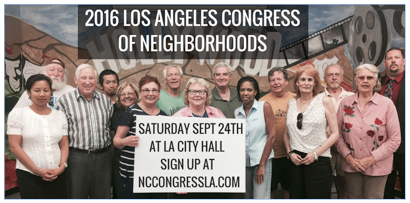 he discussion of cutting City Council pay by half.
he discussion of cutting City Council pay by half. 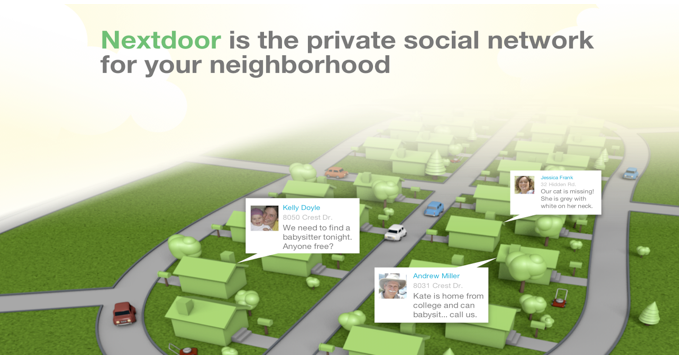

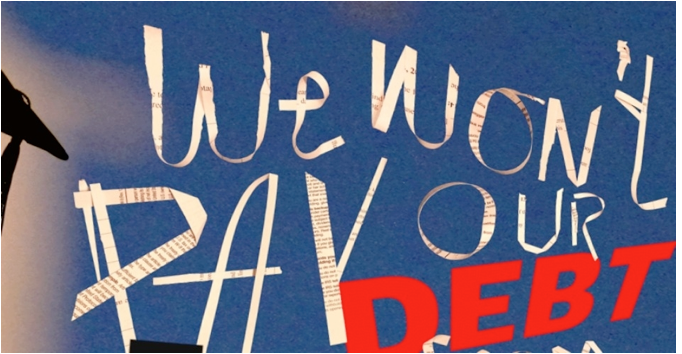
 In their letter addressed to President Barack Obama and Education Secretary John King Jr. posted online Wednesday, the former students write that they are taking part in the "debt strike," which is organized by Debt Collective, to "begin to collect on your obligation to erase [the debts]."
In their letter addressed to President Barack Obama and Education Secretary John King Jr. posted online Wednesday, the former students write that they are taking part in the "debt strike," which is organized by Debt Collective, to "begin to collect on your obligation to erase [the debts]."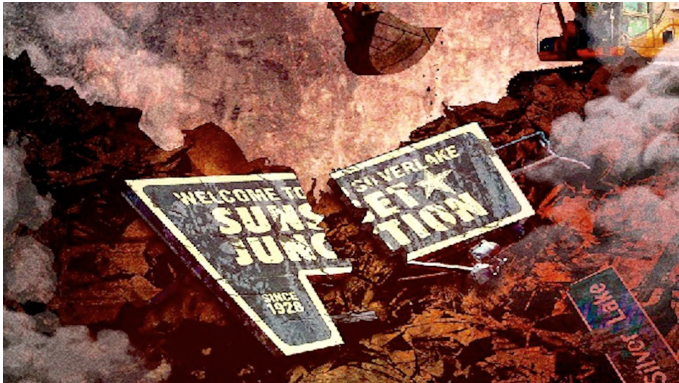
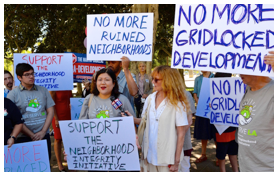 We've been thrilled by surprise endorsements from film stars Leonard DiCaprio, Kirsten Dunst, Garrett Hedlund, Chris Pine, Joaquin Phoenix and Chloe Sevigny, who are watching attempts by developers to transform such wonderfully livable areas as Silver Lake, Echo Park, Los Feliz and Studio City — all at risk of becoming the next Hollywood, California's most richly historic district that is now being methodically destroyed by the City Council to make way for skyscrapers.
We've been thrilled by surprise endorsements from film stars Leonard DiCaprio, Kirsten Dunst, Garrett Hedlund, Chris Pine, Joaquin Phoenix and Chloe Sevigny, who are watching attempts by developers to transform such wonderfully livable areas as Silver Lake, Echo Park, Los Feliz and Studio City — all at risk of becoming the next Hollywood, California's most richly historic district that is now being methodically destroyed by the City Council to make way for skyscrapers. 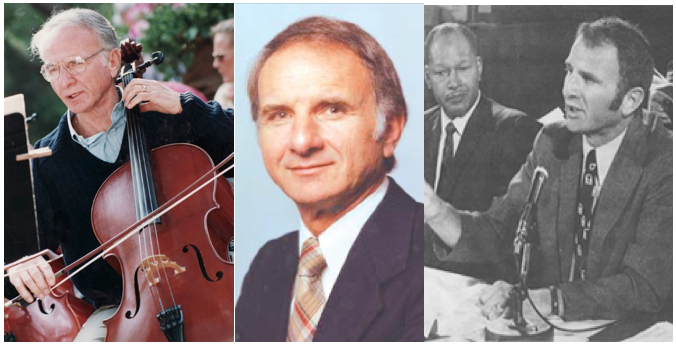
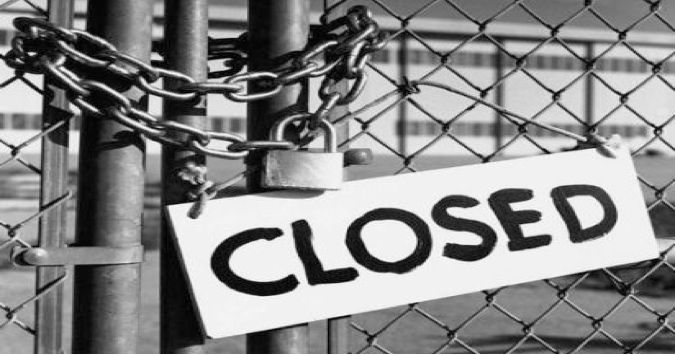
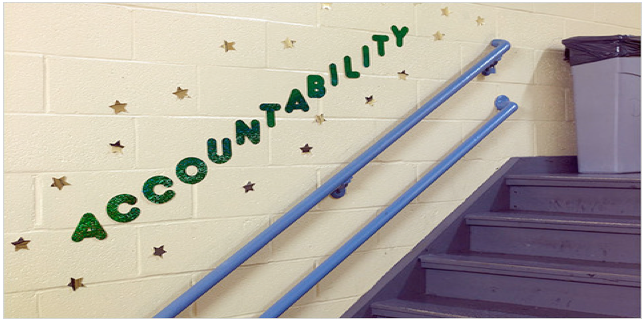
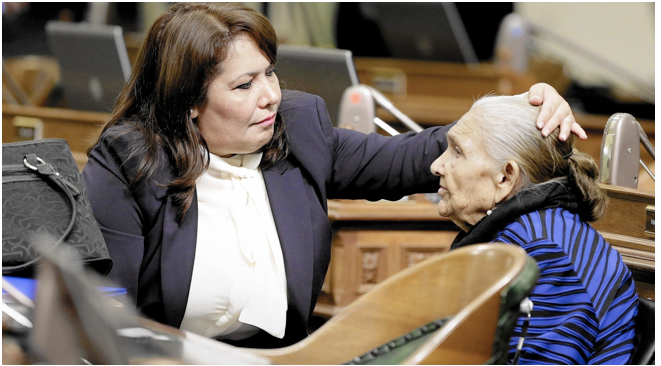
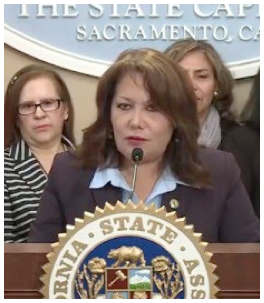 Assemblywoman Lopez’ focus on the needless loss of affordable housing is allegedly shared by the Mayor, Councilmember Krekorian and the LA City Council in general which declared homelessness to be a crisis. That is all propaganda PR for the March 2017 re-elections. All the units which Raffi Shirinian’s Urban Blox will destroy are rent-controlled units and none of the new units are affordable. However, the behind-the-scenes secret dealings with politicos to push through Raffi Shirinian’s Urban Blox destruction of affordable homes is more nefarious.
Assemblywoman Lopez’ focus on the needless loss of affordable housing is allegedly shared by the Mayor, Councilmember Krekorian and the LA City Council in general which declared homelessness to be a crisis. That is all propaganda PR for the March 2017 re-elections. All the units which Raffi Shirinian’s Urban Blox will destroy are rent-controlled units and none of the new units are affordable. However, the behind-the-scenes secret dealings with politicos to push through Raffi Shirinian’s Urban Blox destruction of affordable homes is more nefarious. 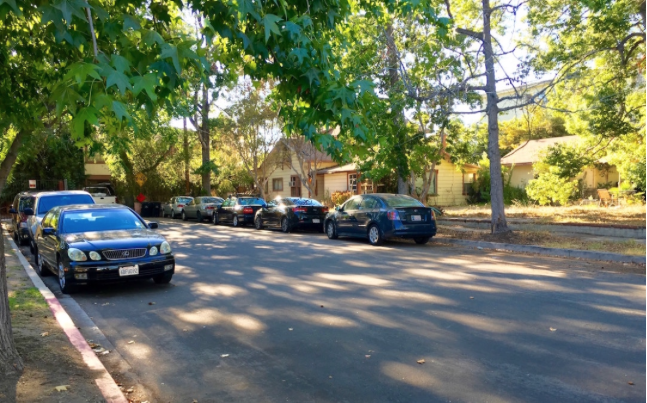 Weddington Street (photo left) sits between Shirinian’s south side of Weddington and the parcel to the north. Weddington Street is 60 feet wide. That means that without Krekorian’s ripping out all of Weddington Street’s 14,070 square feet and giving all that land to his buddy Raffi Shirinian, there is no viable project.
Weddington Street (photo left) sits between Shirinian’s south side of Weddington and the parcel to the north. Weddington Street is 60 feet wide. That means that without Krekorian’s ripping out all of Weddington Street’s 14,070 square feet and giving all that land to his buddy Raffi Shirinian, there is no viable project. 
